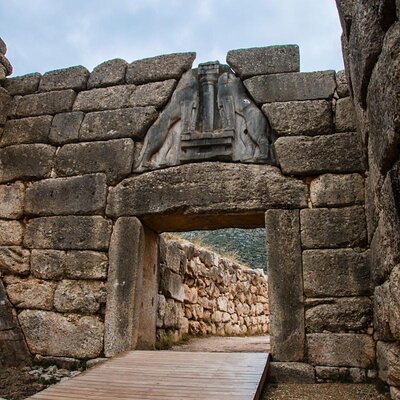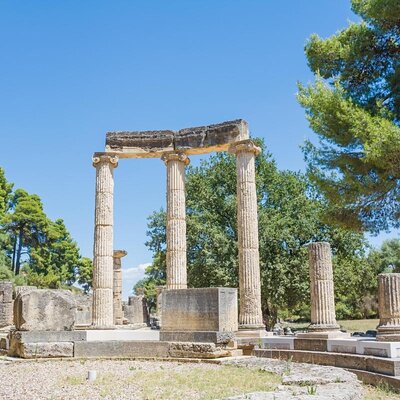History infuses the rugged mountains of the Peloponnese, a large peninsula west of Athens in mainland Greece. Five UNESCO World Heritage sites nestle here, including Mycenae, Byzantine Mystras, Ancient Olympia, and the Theatre of Epidaurus, alongside famous ancient names such as Sparta and Corinth, where St. Paul preached. But there are more things to do in the Peloponnese than history alone: the Odontotos Rack Railway makes a stunning mountain ride, Mt. Taygetos is a hiker’s paradise, and romantic Nafplio is one of Greece’s most beautiful cities.










































